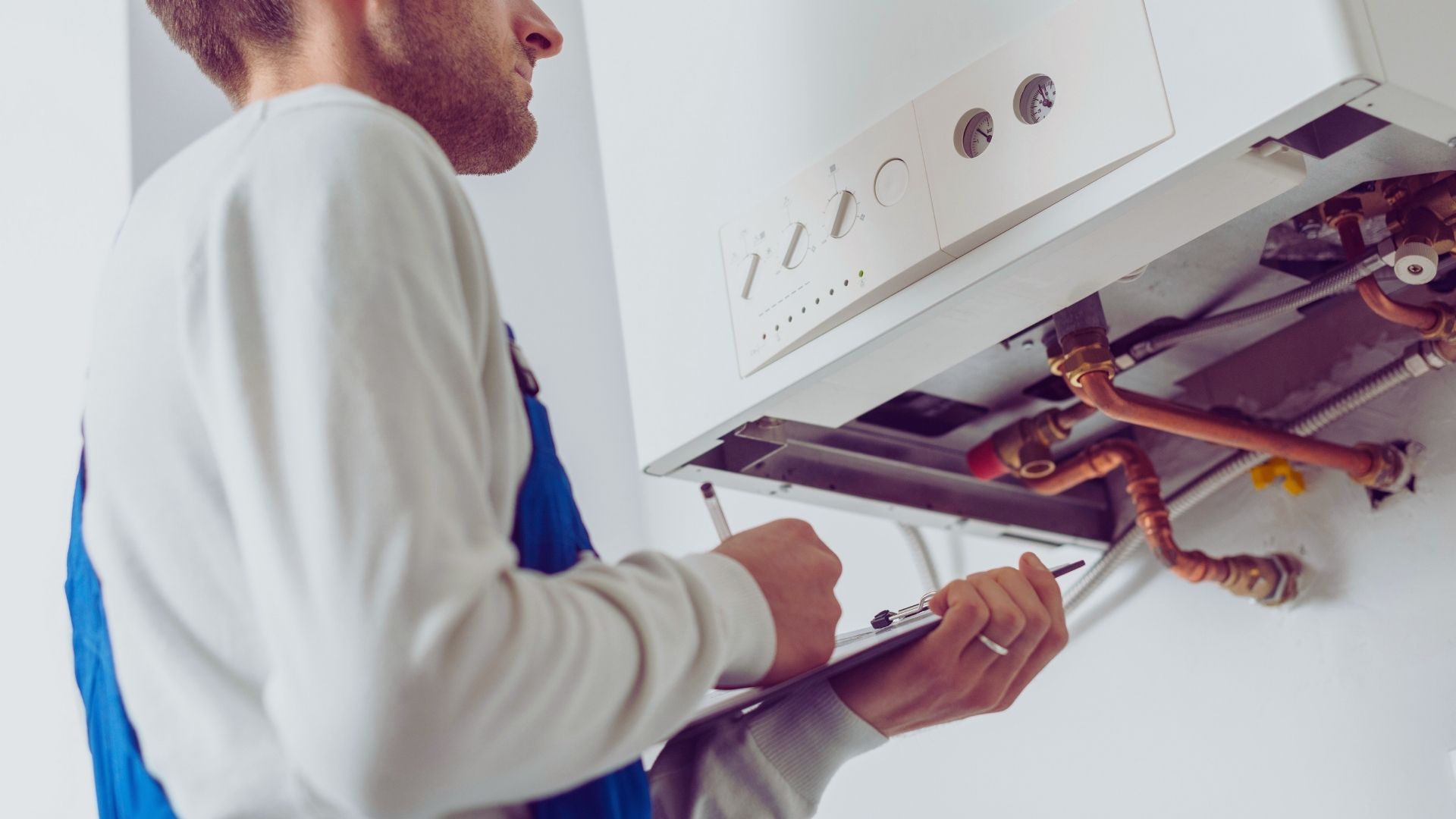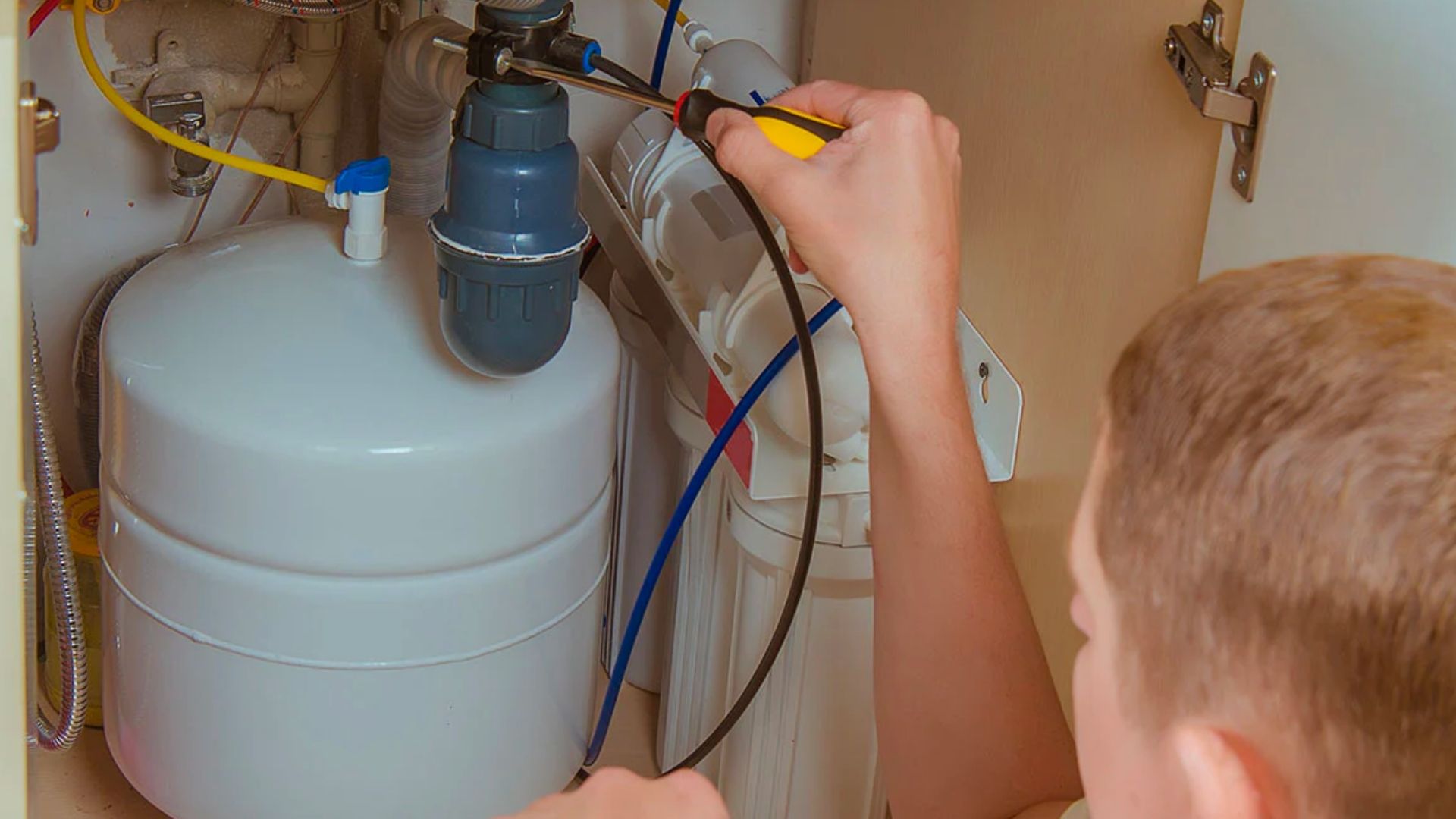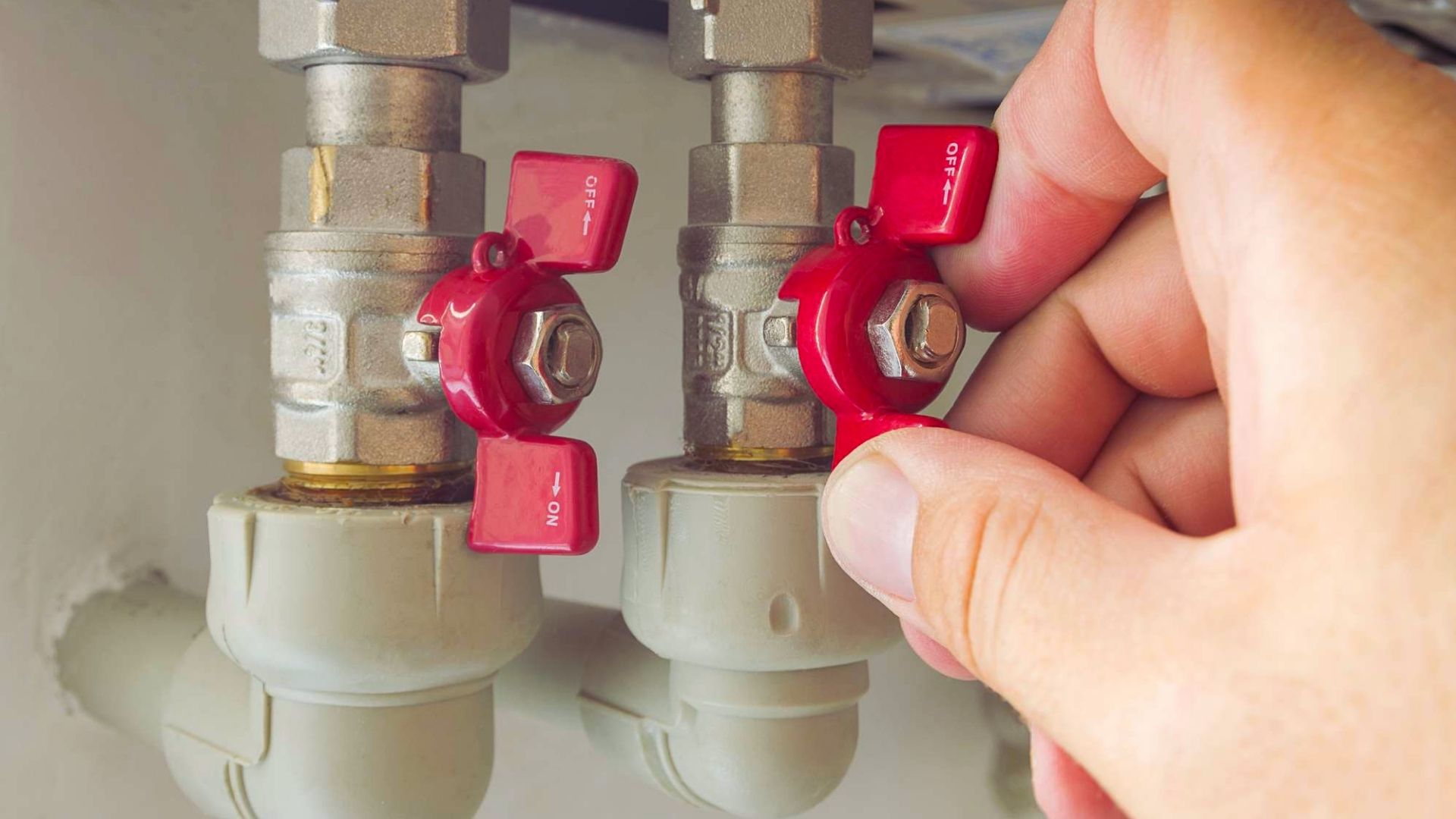7:00AM to 5:00PM

As these innovative systems revolutionise how we experience hot water daily, understanding how to address potential glitches becomes essential. Whether you’re a homeowner, a DIY enthusiast, or simply curious about the inner workings of these systems, this blog is your go-to guide for troubleshooting and maintaining uninterrupted hot water flow.
Let’s dive in and empower ourselves with the know-how to conquer any challenge that comes our way in the realm of continuous flow hot water technology.
Experiencing a lack of hot water can be a frustrating and inconvenient issue with your continuous flow hot water system. Several factors can contribute to this problem, but fear not! We’ll explore the most common causes and provide simple solutions to get that hot water flowing again.
If you have a gas-powered continuous flow system, make sure that the gas supply is uninterrupted and at the correct pressure. For electric systems, ensure that there is power to the unit. Check the circuit breaker or fuse box to rule out any electrical issues. If the gas supply is disrupted, contact your gas provider. For electric systems, reset any tripped breakers or replace blown fuses. If the problem persists, consider seeking professional help.
The ignition process may fail in gas-powered systems, preventing the burner from heating the water. Follow the manufacturer’s instructions to relight the pilot light or reignite the burner. If you are unsure how to do this, it’s best to consult a qualified technician.
Accumulated mineral deposits or debris can block the heat exchanger, hindering the efficient heating of water. Regularly flush the system as per the manufacturer’s recommendations to prevent blockages. If a blockage occurs, professional servicing or descaling may be required.

When you turn on the tap, a malfunctioning flow sensor may not signal the system to heat water. Check the flow sensor for any damage or dirt accumulation. Clean or replace it as needed. If the issue persists, consider seeking professional assistance.
Incorrect temperature settings on the control panel can result in lukewarm or cold water. Ensure the temperature settings on the control panel are adjusted correctly. Refer to the user manual for guidance on setting the desired temperature.
Continuous flow systems have a flow rate limit, which, if exceeded, can result in reduced water temperature. Avoid using multiple hot water appliances simultaneously. Stay within the recommended flow rate to maintain the desired water temperature.
Are you frustrated by weak water pressure in your home? Low water pressure or flow can be a common and bothersome issue, affecting daily activities like showering, washing dishes, or watering the garden. Understanding the causes behind this problem is crucial to finding effective solutions.

Is your gas appliance acting up because of pilot light issues? A malfunctioning pilot light can be a common problem in gas-powered devices like water heaters, stoves, and furnaces. Fortunately, most pilot light problems can be resolved without needing professional assistance.
If your pilot light doesn’t stay lit, it could be due to a faulty thermocouple or a clogged pilot orifice. Try cleaning the pilot orifice gently with compressed air and ensure the thermocouple is properly positioned and tightened. If the issue persists, you may need to replace the thermocouple. A weak pilot flame might result from low gas pressure or a dirty pilot tube. Check the gas supply to make sure it’s adequate. If the gas pressure is fine, carefully clean the pilot tube to remove any debris or blockages.
If the pilot light repeatedly goes out, there might be a draft or airflow issue in the vicinity of the appliance. Check for any open windows or vents that might be affecting the flame. Additionally, inspect the flue or chimney to ensure proper ventilation. A pilot light with a yellow or flickering flame can indicate incomplete combustion. A dirty burner or pilot assembly could cause this. Clean the burner and pilot assembly thoroughly to improve flame quality and combustion.

Maintaining your possessions is an investment in longevity and performance. Regular upkeep can preserve value and savings on repairs, whether it’s your home, car, electronics, or gas appliances.
Keeping items clean through proper techniques prevents damage from accumulating debris. Mechanical objects like power tools require lubrication to reduce friction between parts. Proper lubrication prolongs functionality and smooth operation. Vehicles especially need oil changes to maintain engine efficiency.
Inspecting connections is important, as loose screws or bolts can lead to malfunctions or hazards. Periodically tightening appliances and electronics extends usability. Homes with a hot water system or a gas hot water system require sealing gaps and insulation to protect the living space from the elements and ensure comfort year-round. For instance, a gas valve meter and gas burner should be checked regularly to ensure they are functioning correctly. Instant gas hot water systems provide hot water on demand but also need regular maintenance to stay efficient.
Battery maintenance through guidelines on charging, storage, and usage prolongs life and prevents leakage that may harm devices. Regular inspection allows for catching minor issues before they worsen. Replace worn parts promptly to maintain peak performance. Similarly, gas water heaters need routine checks to ensure they are heating efficiently and safely. Additionally, ensure your hot water tap is functioning properly to avoid unexpected cold showers.

While some DIY maintenance can work wonders, certain complexities demand the expertise of professionals. This is where Gold Coast Plumbing Company comes to your rescue. With years of experience and a team of skilled technicians, they are the go-to experts for all your plumbing needs, including continuous-flow hot water systems.
Don’t let persistent hot water issues disrupt your daily routines or lead to wasteful energy consumption. If you encounter challenges beyond your DIY capabilities, reach out to Gold Coast Plumbing Company for swift and effective solutions. Their commitment to quality service and customer satisfaction ensures a hassle-free experience that keeps your hot water system running smoothly for years to come.
Contact Gold Coast Plumbing Company today and bid farewell to hot water troubles, embracing a life of comfort and convenience in your home. Let their expertise work wonders for you!